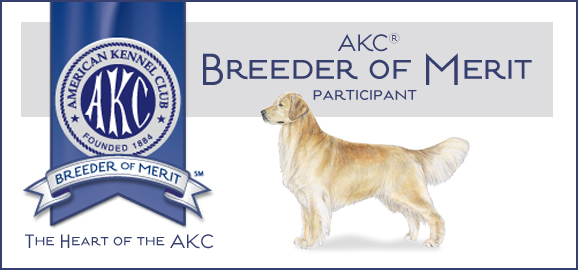What is Targeting
Targeting is a training tool where the trainer manipulates a dog into a particular place or position by asking the dog to touch an object of some kind. The dog is usually trained to touch the object either with his nose or a paw. In actuality, a dog could target with any part of his body. Some applications for targeting work better with a nose. Other applications work best with a paw. For the exercises taught in this book, we’re only going to be training our puppies to target with their noses.
The object used as a target can be virtually anything. We often use a finger, a hand, a horse bowl, or a stanchion as a target. (A stanchion is what holds up the ring gating in competitive obedience.) For this course, we are only going to use our finger.
Targeting as a Bridge
We sometimes will use targeting as a bridge between luring and shaping. As you look at the similarities and differences between luring and targeting and shaping, notice that targeting is a good middle ground. Therefore, targeting has tremendous value in the work of transitioning the dog from being reward focused as in luring to being work focused as in shaping.
Similarities Between Targeting and Luring
There is one very noticeable similarity between targeting and luring. Both tools help a dog who isn’t ready to offer a behavior without guidance. With both tools, you show the dog where he needs to go.
Differences Between Targeting and Luring
With luring, the food is presented to the dog before the dog offers a behavior while with targeting, the behavior is offered before the food is presented. This means that there is a degree of separation between the behavior and the food when targeting is used. Because of this, targeting moves the dog towards being work focused while luring encourages the dog to focus on the food.
Similarities and Differences Between Targeting and Shaping
Targeting, and shaping both require offered behavior before a reward is presented. Both tools move a dog towards being work focused rather than food or toy focused.
However, with shaping, the dog is not given the added help of being shown where to go like he is with a target.
When to Use Luring, Targeting, or Shaping
We choose our method based on the capabilities of the puppy.
Shaping is the ideal training method in most situations because it encourage a puppy to think and really understand behaviors. If it is possible to use shaping without causing too much frustration, use shaping.
Targeting is a good second choice if the the behavior cannot be shaped without too much frustration.
Luring is always our last choice. We reserve luring for those situations when luring is the only option. Luring is usually reserved only for initial stages of learning.
Click on Chapter 12: The Problem With Silence in Shaping the AKC Obedience Exercises to read the next chapter in the book.

